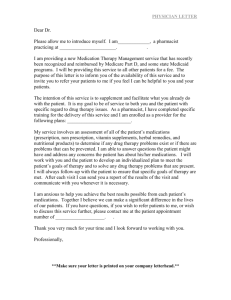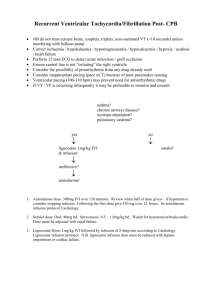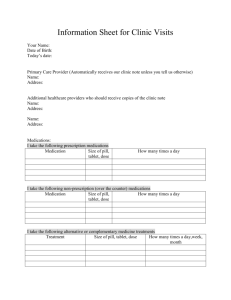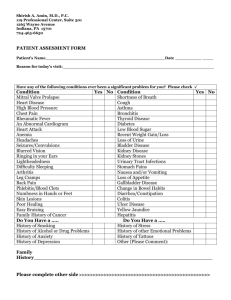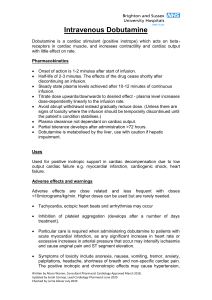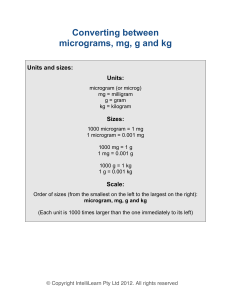PCCU Order Writing Standards
advertisement
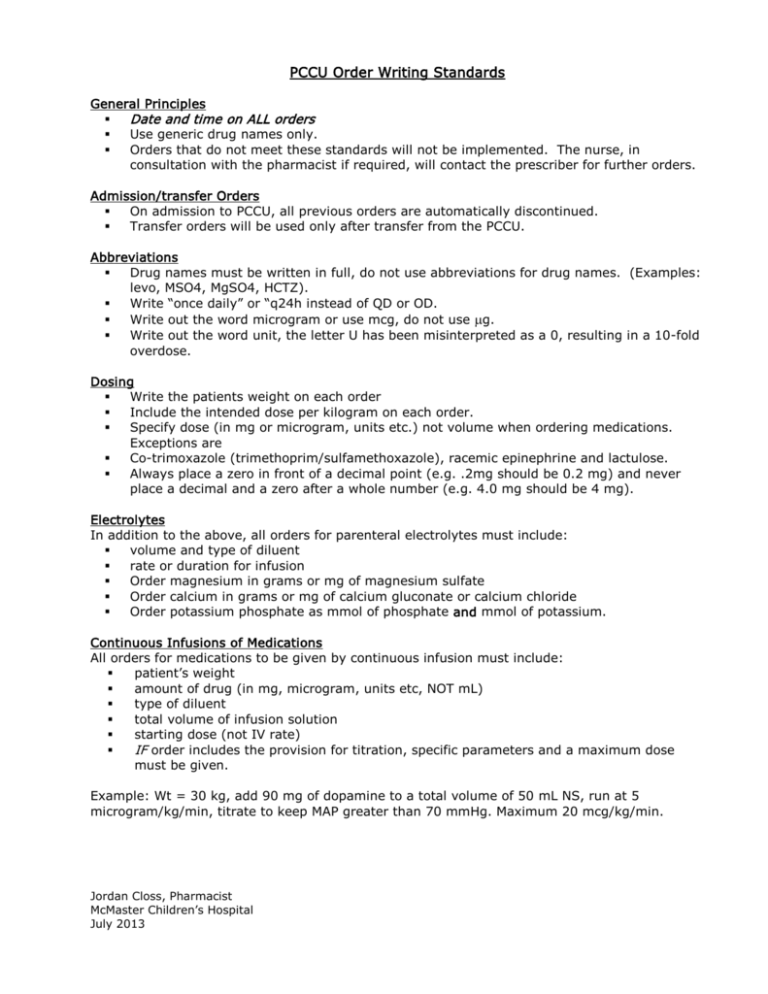
PCCU Order Writing Standards General Principles Date and time on ALL orders Use generic drug names only. Orders that do not meet these standards will not be implemented. The nurse, in consultation with the pharmacist if required, will contact the prescriber for further orders. Admission/transfer Orders On admission to PCCU, all previous orders are automatically discontinued. Transfer orders will be used only after transfer from the PCCU. Abbreviations Drug names must be written in full, do not use abbreviations for drug names. (Examples: levo, MSO4, MgSO4, HCTZ). Write “once daily” or “q24h instead of QD or OD. Write out the word microgram or use mcg, do not use g. Write out the word unit, the letter U has been misinterpreted as a 0, resulting in a 10-fold overdose. Dosing Write the patients weight on each order Include the intended dose per kilogram on each order. Specify dose (in mg or microgram, units etc.) not volume when ordering medications. Exceptions are Co-trimoxazole (trimethoprim/sulfamethoxazole), racemic epinephrine and lactulose. Always place a zero in front of a decimal point (e.g. .2mg should be 0.2 mg) and never place a decimal and a zero after a whole number (e.g. 4.0 mg should be 4 mg). Electrolytes In addition to the above, all orders for parenteral electrolytes must include: volume and type of diluent rate or duration for infusion Order magnesium in grams or mg of magnesium sulfate Order calcium in grams or mg of calcium gluconate or calcium chloride Order potassium phosphate as mmol of phosphate and mmol of potassium. Continuous Infusions of Medications All orders for medications to be given by continuous infusion must include: patient’s weight amount of drug (in mg, microgram, units etc, NOT mL) type of diluent total volume of infusion solution starting dose (not IV rate) IF order includes the provision for titration, specific parameters and a maximum dose must be given. Example: Wt = 30 kg, add 90 mg of dopamine to a total volume of 50 mL NS, run at 5 microgram/kg/min, titrate to keep MAP greater than 70 mmHg. Maximum 20 mcg/kg/min. Jordan Closs, Pharmacist McMaster Children’s Hospital July 2013
